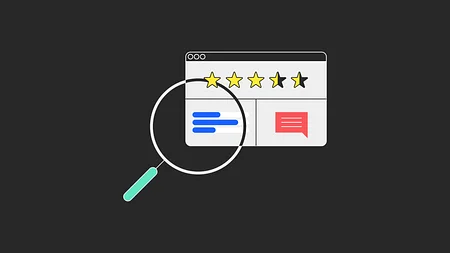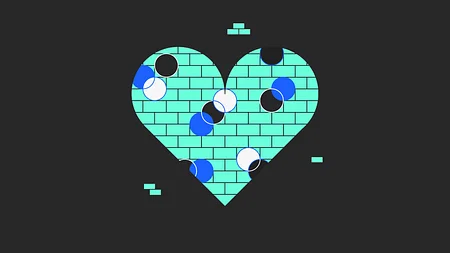How to create culturally relevant brands through a community-led approach

‘Community-led’ startups seem to be popping up all over the place, but what does it mean to design a product community first and what are the advantages?
By definition, communities are the condition of sharing or having certain attitudes and interests in common. Communities are formed around topics, issues and conversations that are common to a large group of people. Community and brand are important, but ultimately the product’s wider purpose is the foundation of product design. Engaging a community over the cyclical process of product development can help that product land brilliantly in the marketplace and leave its community members feeling like they are part of something bigger. Let’s take a look.
Within this cycle there are four main steps from idea to launch:
Strategic Direction
Building the product
Measuring success
Learning about the product’s users
This then informs the strategic direction and the cycle starts again.
Strategy Direction
Let’s look at how building a community can help in the initial process of creating a proposition. A community is different to an audience. Whilst worth consideration, an audience is generally passive in developing new propositions. When you build a community, they are active participants in the creation of your product. Community members collaborate, communicate and participate with one another to shape the product you are designing. Involving them in the creation process of your product allows them to shape a product/service tool that helps them in their daily lives. The members form valuable connections with other participants, sharing common problems and experiences. This will help sharpen your proposition very early on and increase the chance of it resonating strongly with most of its target audience when you bring it into testing.
When you build a community, they are active participants in the creation of your product.
Involvement shifts the relationship between participants and your product from loyalty - which is often transactional - to membership which fosters a sense of belonging and identity. They feel like they’re on the inside and part of creating something bigger.
Building the product
A community’s usefulness doesn’t stop once you’ve nailed a good proposition you know will land well in the market.
The community members are also crucial to helping you prioritise features, both in terms of importance and in terms of the order you build them. Engaging your community members to understand how they would use your product day-to-day can help you identify which features in your product set are the most impactful. These will be your differentiating features and help you stand out from your competitors. Developing your product in this manner can be more forgiving yet still more valuable than traditional testing.
This is the part of the process where the community participants have the biggest opportunity to really impact the product creation. Also, showing how the community is shaping the product and brand design closes the feedback loop driving greater trust, attachment and advocacy of the product and the problems it solves.
Measuring success
Once the first version of your product is ready to use, you immediately have a community of people to onboard and assess the product. It also gives you your first customers. Your product is live. Word of mouth is a valuable tool to attract new customers. Encouraging the community members to invite friends, colleagues and acquaintances to waiting lists and referrals allows the community to grow. The cost of acquisition is also very low and gives a good indication of demand for the new product. Community members become advocates and in turn create further advocates through inviting new customers. The members themselves can be rewarded for this with early access to the product on launch or an advanced status within the community. Fulfillment can also be found from sharing experiences, helping and learning from others. The community actually begins to help each other at this point, which can be a real leg up for customer service activities.
Beta & Beyond
Now that you have designed a perfect product that fits ideally within the market, you can open the community up to everyone and invite people to join freely. This presents a brilliant opportunity to grow the community in the early stages of the product but it must also be continuously nurtured if it’s to grow into a self-sustaining community. Once you have enough people to maintain conversations, crowdsource any info needed and make the platform look busy, it’ll be easier to grow.
Scaling efficiently is the final ingredient to being a successful community-led product or service. As the community and user base of the product grows, it’s important to establish a channel where the product team and customers can communicate directly and celebrate their involvement. As the community grows, it will begin to self-moderate and create its own user-generated discussions. These can give a fantastic insight into new product features for the future. Monzo and Up both use this to share their future roadmaps publicly and openly ask for suggestions.
Scaling efficiently is the final ingredient to being a successful community-led product or service.
As customers communicate with the product and each other, support teams can save time usually spent on customer queries.
Ultimately, all this time spent with a community in the problem space you are trying to solve creates a product and brand that is entirely culturally relevant.
Designing with communities in place forces you to question your product and what the business really represents by sharing the load - by knowing that it is bigger than the problem.



